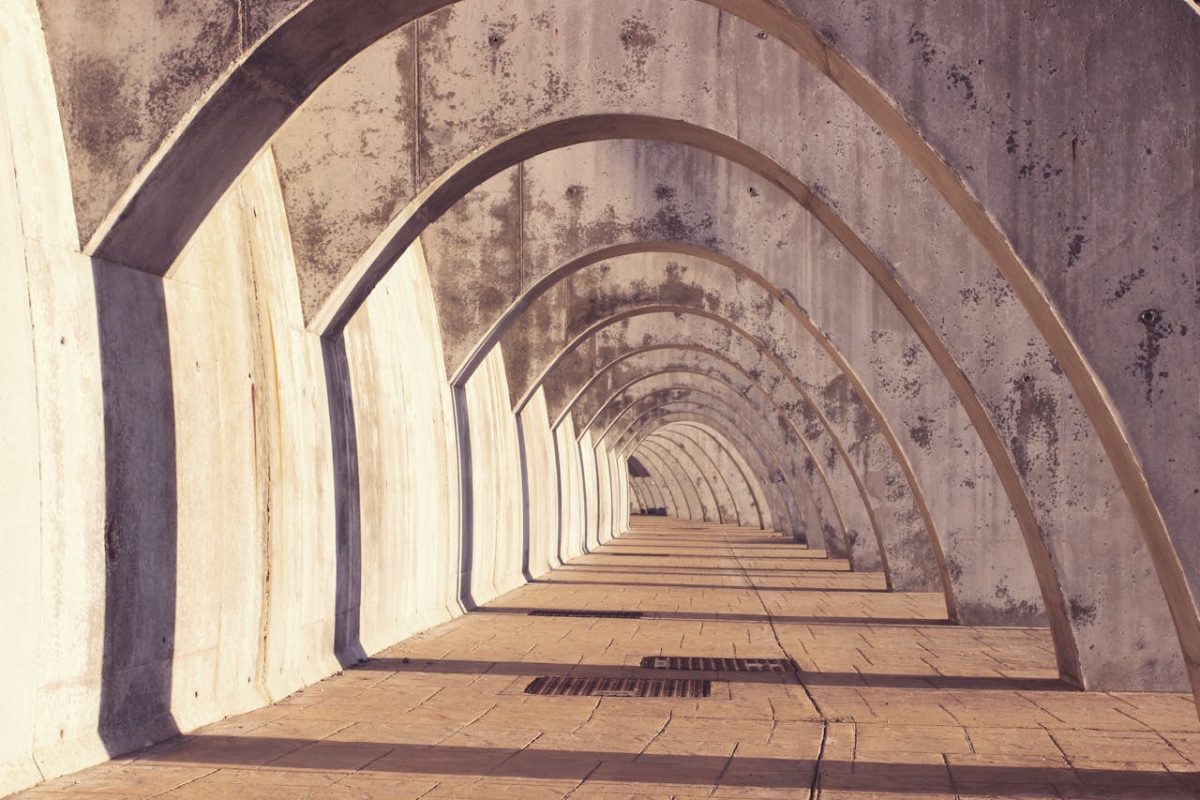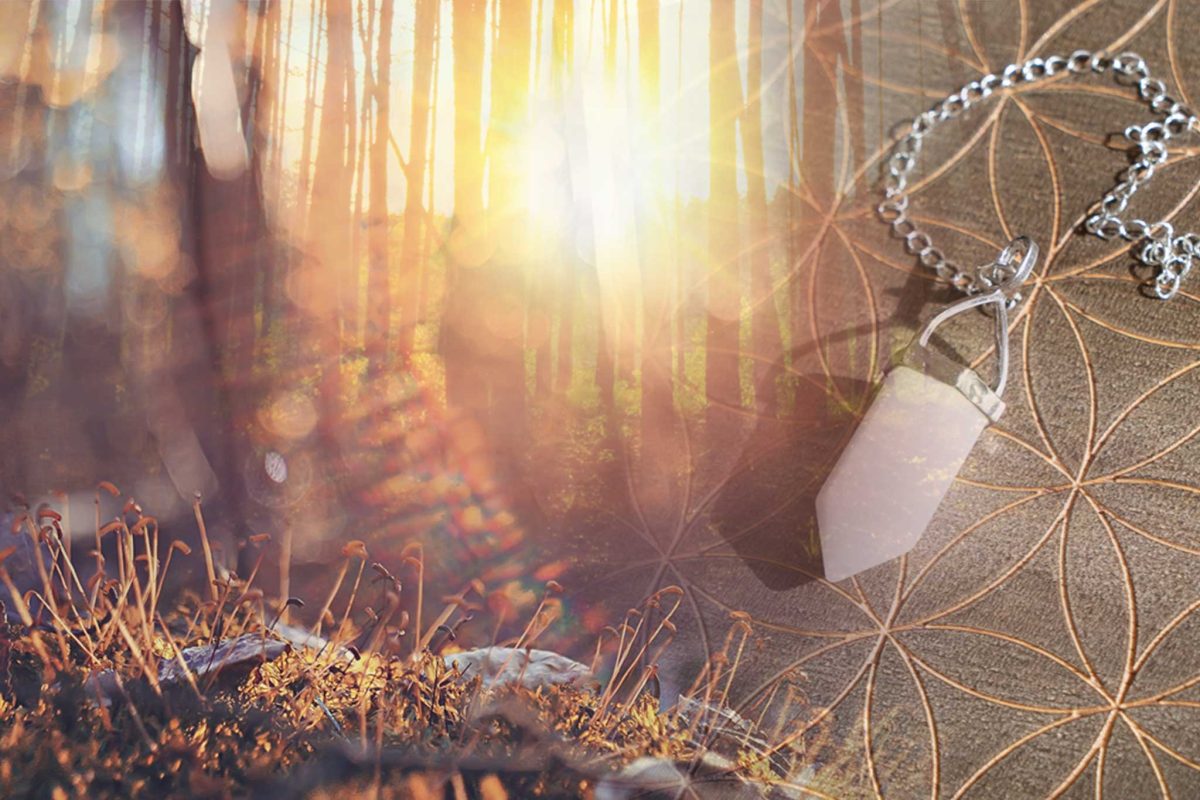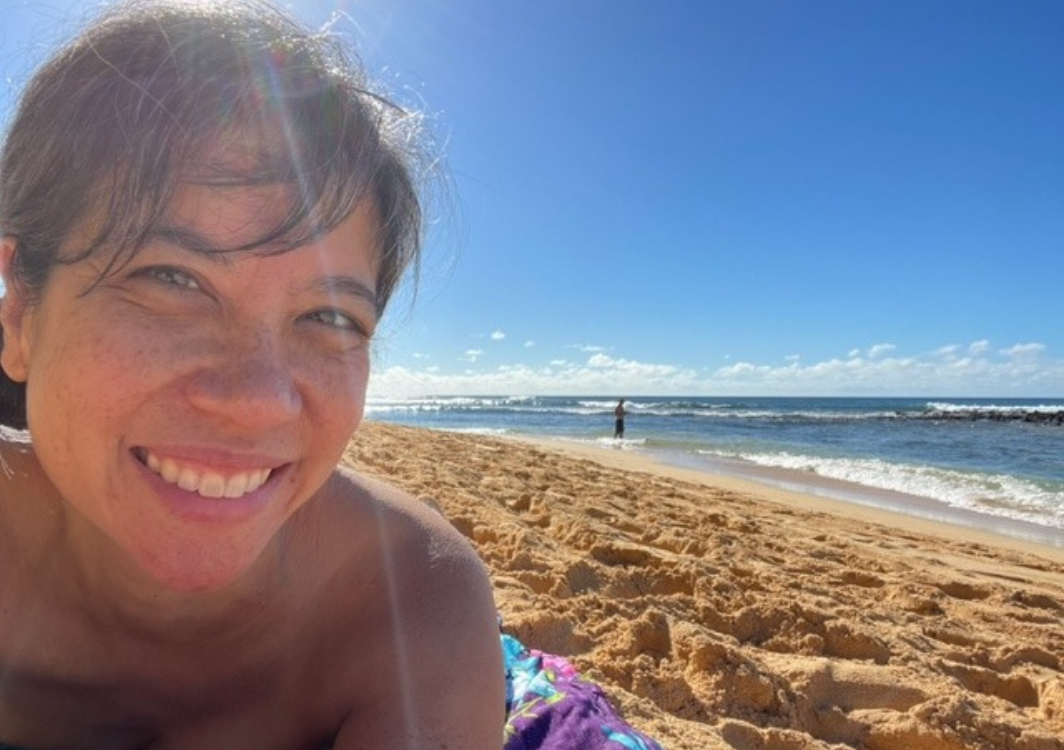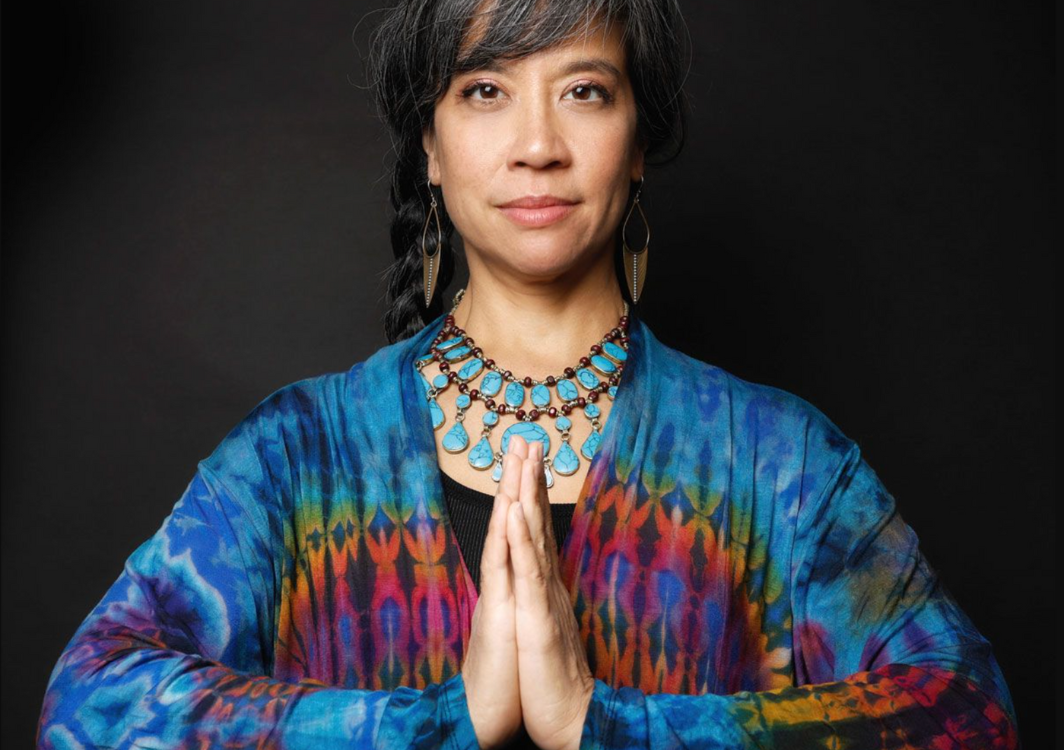Multiple realities, one planet
It seems as if the world is splitting in two… if not more!
As my friend and Nature Being expert Atala Toy wrote recently, we are shifting into a time of two Earths, one planet, a prophecy that only began making sense to her in our present time. “Many ancient seers spoke of a time when two Earths would emerge,” she writes. “Now, as that long-foretold time arrives… We are experiencing a deepening divide in perception. Around the world, people interpret reality through drastically different lenses.”
She continues, “Two people can share the same room, hear the same message, and walk away with entirely opposite understandings. It’s as if they live on two Earths—sharing space, yet vibrating on different frequencies.”
All around us, we see this divergence happening… Separating across perspectives, drifting apart according to resonance. Many of us are, in many ways, returning to original ways of being, reconnecting with the consciousness of the planet (who is evolving with or without us), and other beings who share this world with us, like nature and star beings, who have long been “invisible” to us—because we fell out of frequency with them.
Another dear friend, naturopath and teacher, Dr. Michelle Peal, takes it a step further: her angels showed her a vision last year of a vast elliptical orbit of multiple Earths, each cycling through a stationary Earth. In her book, The Birth of Quantum Energy: The Pathway to Ascension, she writes, “Each of the Earths… has lessons to teach mankind. If the Earth passing through… is the one that had the lesson you needed to learn, then you would translate over to that Earth seamlessly. Your higher self would handle the choice for your greater spiritual growth and development.” In her vision, there are as many coexisting perspectives as there are Earths orbiting, as we choose the one that resonates with what we next need to learn.
Multiple, dissonant perspectives can coexist simultaneously. Each is valid, and none “better” than another, as that would be a judgment. Above all, each is a matter of choice. This doesn’t always feel true, as we witness old paradigms violently crashing around us and are being constantly pulled at to join the fray.
The “urge” is to fight… to fear this change and “struggle” to create anew. That’s the program, anyway… Within this outdated paradigm, we’ve been taught that the only way to implement change is to (re)play the game of fear and opposition. To fight and change who has power over whom. It is a game that has been played over and over for the last couple of thousand years… but that has no winners, not in the long term, anyway.
As Audre Lorde wisely said, speaking against a backdrop of hundreds of years’ history of enslavement within the U.S., “We cannot dismantle the master’s house with the master’s tools.”
So then, how do we dismantle old paradigms when all we’ve known are the tools that emerge from them?
It means a total release of the current system, a total letting go of the past… Which is the part, I think, that stings many the most. I’ve watched people hold onto past hurts for decades… generations. Heck, it took me decades to let go of traumas from my childhood… and even as we speak, I am working with my ancestors to heal pain carried over generations.
Because, there’s this idea that if we let go, we’re saying that past injustice—current injustice!—was and is okay, acceptable. That we condone what was done. But nothing could be further from the truth… By letting go of the past, which fuels many of the current conflicts, we choose to no longer resonate with a reality in which such injustice can exist. By letting go of the past, we free ourselves to move forward.
Let me say that again, because it is that important:
It is only by letting go of the past that we free ourselves to move forward.
Another way to think of it, within the context of multiple Earths, is that—you can’t take the past with you. It will keep you tethered, stationary. No longer growing and learning.
And at the highest resonances, we choose instead to step into a present-future created of something altogether different.
Seer and psychic Amanda Ellis seconds this idea, relaying a channel from Princess Diana and the Sacred Feminine, which speaks to projecting peace. During this time, as “the war machine” ramps up, we need to ramp up the “peace machine… The heart apparatus.” Basically, these so-called “foregone conclusions” that (yet again) conflict can only be “resolved” through violence are being touted as “the only way”—and yet we know that there are alternatives to this. It is more important than ever that we hold our energies in the resonance of the world we wish to inhabit.
… And, by doing so, that is the world we inhabit. It’s simple quantum physics. Our quantum entanglements with the world around us have the most profound seismic impact.
Think about what is within your power to change… and change that. All too often, we get caught up in fights that are not our own—but that the larger machine would have us believe, highlighting our senses of powerlessness, fear and frustration. These low-vibe energies get us nowhere.
But if we take full responsibility for our own energetic imprint… Now we’re getting somewhere.
If you feel called to march in protest or write your local government official, by all means do it. (Just check the energy within which you’re doing it… because whatever your energy, you create more of it with every action you take). Or if your guides are telling you that today, more than anything, what you need to do is stop reading this article and go walk amongst trees, bare feet on earth, to soothe a harried nervous system and ground and commune with some of the greatest natural teachers that share space with us… Do that. Trust your intuition.
Looked at another way, if we want to see more forgiveness in the world, where can we be the energy of forgiveness ourselves? How can we bring that forth, ourselves? Is there someone we need to forgive to move forward?
If we want to see more peace in the world, how can we cultivate the energy of peace within ourselves?
This has been playing out in my own life, as I’ve been challenged by my guides to be conscious and intentional when my emotions flare. So, before an angry outburst, that could cause psychic violence and lasting damage, I pause. (It sounds minor, but it really isn’t… for years, the only times I felt “powerful” were when I screamed my rage and frustration… Inherited from my lineage, I repeated what I’d experienced—until I chose to break the cycle.)
In that pause, I allow the emotions to flow through my body, and—before resorting to knee-jerk scolding or yelling—I walk myself through it. What’s really going on here? What needs to be communicated? And how can I communicate it without the intense energy of anger… which usually has the total opposite effect to what I want…?
By being more compassionate and peaceful in my life, I’ve felt the ripple effects of this in my relationships, and I’ve witnessed my kids—now grown, but still sharing close quarters—respond to this loving touch.
Whatever our resonance, it begets more of the same. Choosing frustration and annoyance begets more… Choosing love multiplies love.
As our friend and client, a therapist, puts it, this ability to not get caught up is imperative for a healer. “We can’t help anyone if we’re in the hole with them,” she confides. “There needs to be a measure of distance.” Clear boundaries, so we maintain perspective, I would add, and put strong emotions in this category… Emotions are valid and important messengers, so not to be ignored or suppressed—but handing them the steering wheel is like putting a toddler in the driver’s seat in terms of the actions we take. We must maintain perspective; that is what it means to mature spiritually.
It means that every time we reach that fork in the road, we choose the road of clearest energy over the road of garbled or activated energy. That we choose the beneficial over the non-beneficial. That we go where our innermost guidance leads us, as much as humanly possible—and with energies faster and more intense than at any other time in our history, even the smallest, most nuanced decisions have more impact than we can foretell.
As lightholders and peacebringers, it is more important than ever that we connect with the wisdom of our hearts, what Dr. Peal calls the Holy of Holies within our body, and make our decisions from its highest resonance—to BE that higher resonance on the planet. It literally defines the world in which we live, and impacts the people and fabric of reality around us in ways that we have been taught to greatly underestimate.
Stepping onto an emerging New Earth is the same as co-creating it. We must forget everything we’ve been taught in recent years and return to our innermost truth, which speaks in the universal language of love and trust.
The energy in which we live our lives determines which Earth we move forward on…
Now is the time for diligence, faith and love. Now is the time to be fully and consistently intentional with how and where we put our energies, to maintain a high state of resonance. (See this article for some ways.)
So: which Earth do you choose? Which Earth do you choose to co-create?
Photo by Javier Gonzalez







